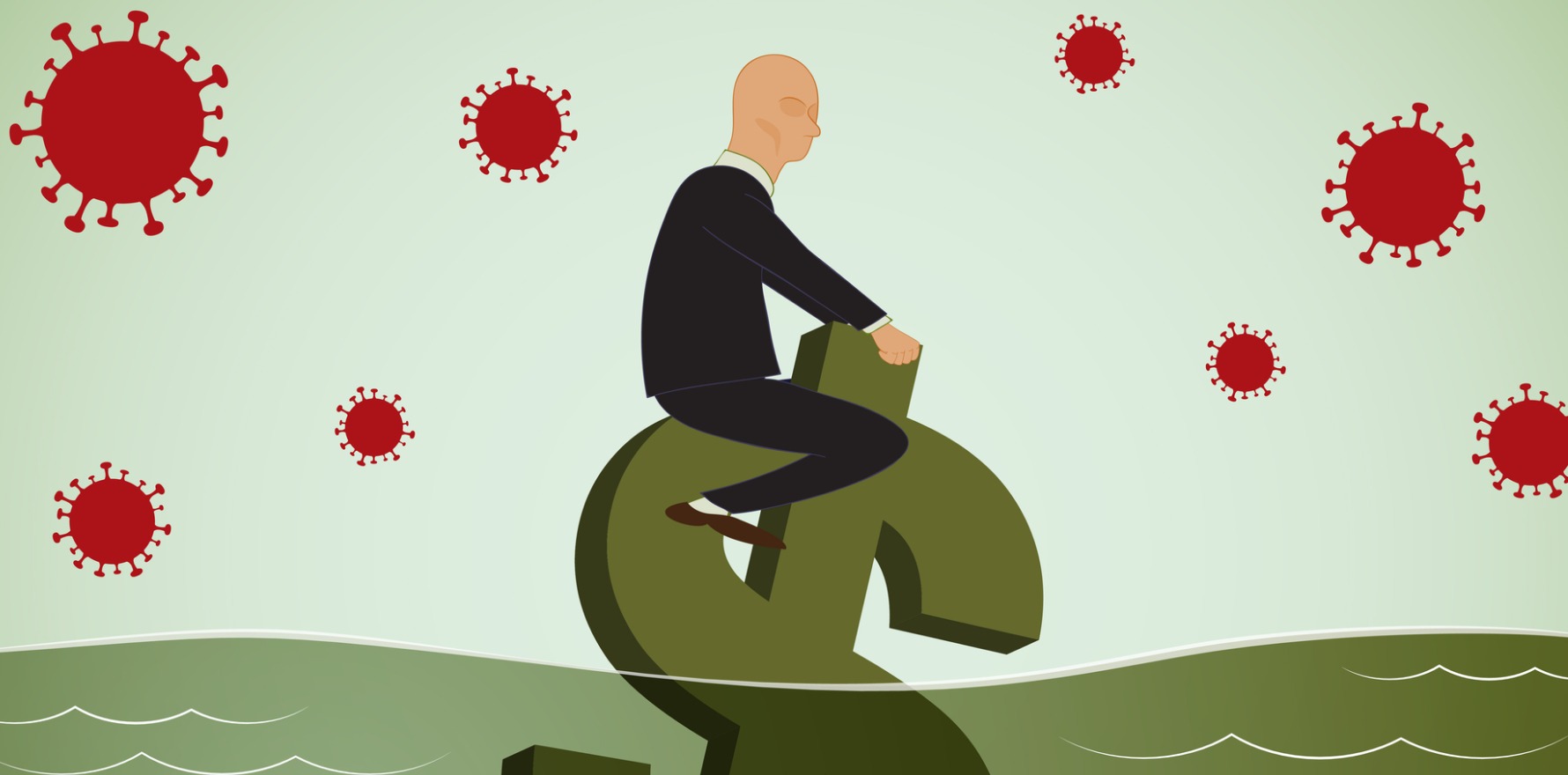Favouring intuition and personal opinion over science has proved disastrous.
“There are known knowns, there are known unknowns, and there are unknown unknowns”
– Donald Rumsfeld, 2002
Those famous words uttered by the then US defence secretary in February 2002 in relation to Iraq’s supposed weapons of mass destruction, apply equally well to the current state of affairs in relation to COVID-19.
Since the beginning of 2020, when the pandemic struck, although we have learned much about the virus itself we have also learned much about ourselves personally, what we value, how we face and respond to hardship, how we balance and sacrifice our personal needs for the collective good, how our leaders behave in implementing policies and practices to meet a public health crisis and the balance that needs to be struck between saving lives and living.
Due to our expertise in virology, including in our own Doherty Institute, we were able to identify the morphology of the virus and its gene sequence at a very early stage. This may be important in vaccine development, but as yet we do not have a proven safe and efficacious vaccine and there are lingering doubts over whether a vaccine will create lasting immunity across all age groups as well as ensuring global ethical delivery in a timely and cost effective manner.
This may represent a known known. We know the structure of the virus and we know a vaccine may work in the short term in clinical trials. But we don’t know if it will be available and acceptable to the whole population or how long its efficacy will last, so that part’s a known unknown.
In terms of the clinical manifestations of the disease, we learned that it affects older people more than young people and its effects are not limited to the respiratory system but damage may occur to a multitude of organs including the heart, kidneys and brain. These facts are known, but what is not known is the extent of long-term complications, including in young people who are relatively asymptomatic, but have been shown on MRI scanning to have damage to cardiac muscle with the potential for arrhythmias or cardiomyopathy down the track. This represents an unknown unknown.
Finding effective therapeutic interventions has been a matter of trial and error. It is difficult to conduct double blind randomised controlled trials in the midst of a pandemic, with hundreds of thousands of people dying and the community crying out for a treatment.
Treatment has often been empirical while trials are under way. We witnessed an extreme version of this when US President Donald Trump was treated with a cocktail of an anti-viral agent, a monoclonal antibody and dexamethasone with vitamin D, C and zinc thrown in. Perhaps we have come a long way from the days of the Spanish flu when a cocktail of bacterial injections combined with zinc sulphate inhalations was used, although some would question that premise.
We have learned that COVID-19 causes a hyperimmune response in some people with a cytokine storm resulting in a form of vasculitis. There is good reason to use dexamethasone which seems to work. In the absence of a vaccine effective therapeutic interventions are desperately needed. This is a known known, but identifying optimal treatment with a high cure rate based on RCTs is elusive and so remains unknown.
Moving away from the biomedical and clinical issues, let us examine the public health response, the impact of political leadership informed by science (or ignoring science) in driving the individual response and the population response, especially when exposed to major restrictions and lockdowns.
In the absence of a vaccine, the only effective public health measure to contain the virus is isolation. This is a known known and time-honoured method going back to biblical times. Spread may be reduced by wearing face masks, social or physical distancing and hand washing as well avoiding touching the face.
Public health experts, infectious disease experts and epidemiologists clearly spelt out these measures and advised government leaders accordingly. Countries which implemented these strict measures as well as lockdowns have been able to control the spread of the virus.
We have just witnessed this in its starkest form in Victoria where we have gone from more than 700 daily cases with a risk of going to 7000 or more within four weeks, to zero over a 12 week period.
These countries or states have had strong political leaders who listened to and took advice from science and its mathematical modelling, and placed the saving of lives above any other consideration. These countries include China, Taiwan, Singapore, New Zealand and Australia.
Where leaders have not trusted science, equivocated about policy implementation, sent confusing messages to their people, placed the economy over saving lives, the results have been disastrous. I refer in particular to the US, Brazil and the UK which are seeing 100,000 new cases each day.
Surely the lesson learned is “believe in the science”. Sadly, in some countries, such as the US, political leaders have favoured intuition and personal opinion over science.
Science acknowledges the changing nature of truth, as evidence emerges to support new findings. Those opposed to the rigour of the scientific method use this to denigrate science as lacking certainty.
The dumbing-down of scientific opinion in favour of intuition is having dangerous consequences. We have seen this in the case of wearing face masks. Evidence for the benefit of wearing of masks is now accepted. Yet because this was not clear six months ago those who refuse to wear masks point to a lack of its efficacy. Scientific truth is not static. It changes as new evidence emerges.
The successful implementation of public health measures requires changes in human behaviour on a massive scale and trust in political leadership. It requires replacement of individualism with collectivism. Whether it is lockdown, quarantine, or other forms of isolation, social distancing, mask-wearing and hand-washing require compliance by the vast majority of the population.
This is not easy to achieve particularly in democratic societies where those who fail to understand the meaning of a “state of emergency” claim that human rights are being abrogated.
Predicting the response of the population is a known unknown. What we have learned is that compliance is more likely when there is clear science-based policy direction, engaged leaders who articulate the problem and provide solutions in terms that are easily understood and introduce proportional penalties for those who flout the laws. This has been clearly demonstrated in Victoria.
Despite relentless criticism, Victoria’s Premier Dan Andrews followed the science, was unwavering in sticking to a clear policy direction, made himself available to the media on a daily basis and relaxed restrictions as soon as it was safe to do in order to bring Victoria in line with other states.
As Victorians now bask in the sun, on beaches, in parks and outside restaurants, we have much to be grateful for.
Professor Leon Piterman and Associate Professor Hui Yang are based at Monash University in Melbourne.



